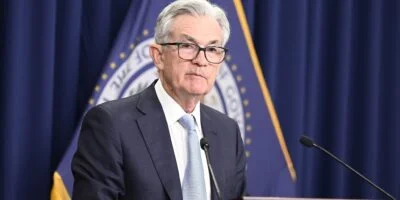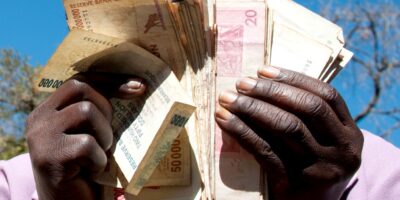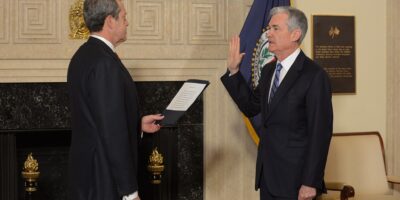Dollarization in Ecuador after 20 Years

In January, Ecuador celebrated its 20th anniversary of dollarization. The Bastiat Society of Guayaquil and the Instituto Ecuatoriano de Economia Política organized a conference to discuss the pros and cons of Ecuador’s monetary regime. International speakers participating in the discussion included Lawrence W. Reed, Manuel Hinds, and Carlos E. Gonzales.
Dollarization is a sensitive subject in countries like Argentina, where monetary policy has been erratic. So it was interesting to see how economists and non-economists in Ecuador see dollarization. In what follows, I will share two takeaways from my recent visit to Guayaquil, Ecuador.
Dollarization is not just about monetary policy
Dollarization is the replacement of foreign currency (often, but not necessarily, the U.S. dollar) in place of the domestic money. The sucre was replaced with the US dollar in 2000, and has served as Ecuador’s currency in the time since.
Dollarization has pros and cons. A downside is that with dollarization a country uses other countries’ monetary policy instead of its own. However, this downside is not the only characteristic of dollarization. There are pros to consider as well. Such as the possibility that using a foreign monetary policy can be more efficient than having one’s own dysfunctional central bank. Another benefit, especially in countries with a weak institutional framework, is that it can provide a limit to government over-spending.
The common message I received from all my interactions and lectures is that Ecuadorians see dollarization as an institutional feature first, and as a monetary policy tool second. Ecuadorians are primarily worried about what a populist leader would do if he or she had the power to finance expenditures with new money. And rightly so. I repeatedly heard how dollarization saved Ecuador from becoming another Venezuela under the presidency of Rafael Correa. Yes, Ecuador suffered from severe monetary problems, such as high inflation rates, in the years before dollarization. Nonetheless, their main concern is institutional.
This is an important message. In my experience, those opposed to dollarization usually do so on the grounds that it prevents a country from managing foreign shocks. They presuppose—often with little reason for doing so—that the central bank will manage such shocks appropriately. But, even if we suppose that they would, one should keep in mind that foreign shocks are not the only issue to consider. There are also domestic shocks. And dollarization largely eliminates those domestic shocks that would otherwise come from the politicization of monetary policy.
When considering alternative monetary regimes, one should not let the possible overshadow the probable.
A problem with institutional reforms is that the weaker institutions are in the first place, the more profound said reforms must be. During the 1990s, for example, Argentina was under a currency board arrangement. In the early 2000s, instead of moving to full dollarization, Argentina abandoned its currency board and detached the Argentine Peso from the U.S. dollar. As a result, Argentines now view a currency board as a non-credible rule. Since Argentine politicians broke that monetary commitment before (and at a considerable cost), there is little reason to believe they would keep that commitment now. That means a currency board is no longer a feasible option in Argentina. A more profound reform, such as dollarization, is required to gain credibility and anchor expectations.
Ecuadorians advocating for a de-dollarization of the economy and a return to the sucre need to think very carefully about what they are asking for. One can certainly imagine a well-functioning central bank that would work better for Ecuador than dollarization. But our ability to imagine such an institution does not at all imply it is likely to result. Abandoning the dollar risks getting stuck with a central bank a la Argentina, not with the ideal and efficient central bank the advocates of the Sucre imagine they will get.
Dollarization is not just about monetary policy. It is also about institutional constraints. Monetary policy problems were the symptoms of institutional weakness in Ecuador. Dollarization shored up those institutional weaknesses, by removing the need for a well-functioning central bank.
A country with weak monetary institutions needs more than balancing the treasury budget to get an efficient central bank. What a country in this situation needs is deeper institutional reforms that would change the extractive incentives of policy makers and keep politicians in check. Once those institutions are well-established, abandoning dollarization can be given some thought. But, until then, it is best to stay the course.









